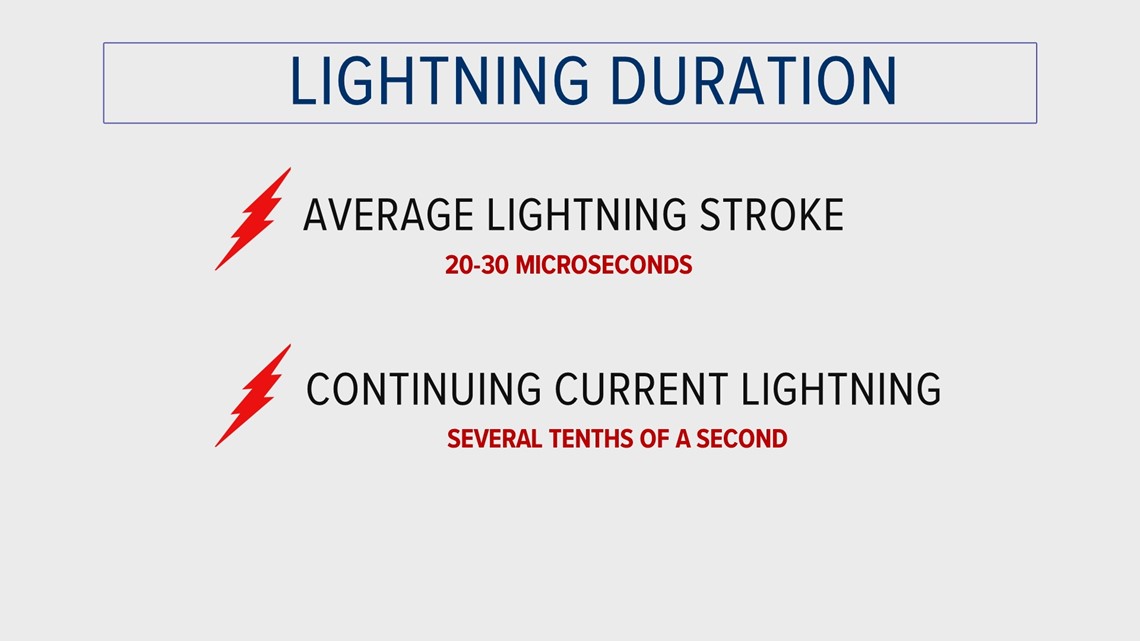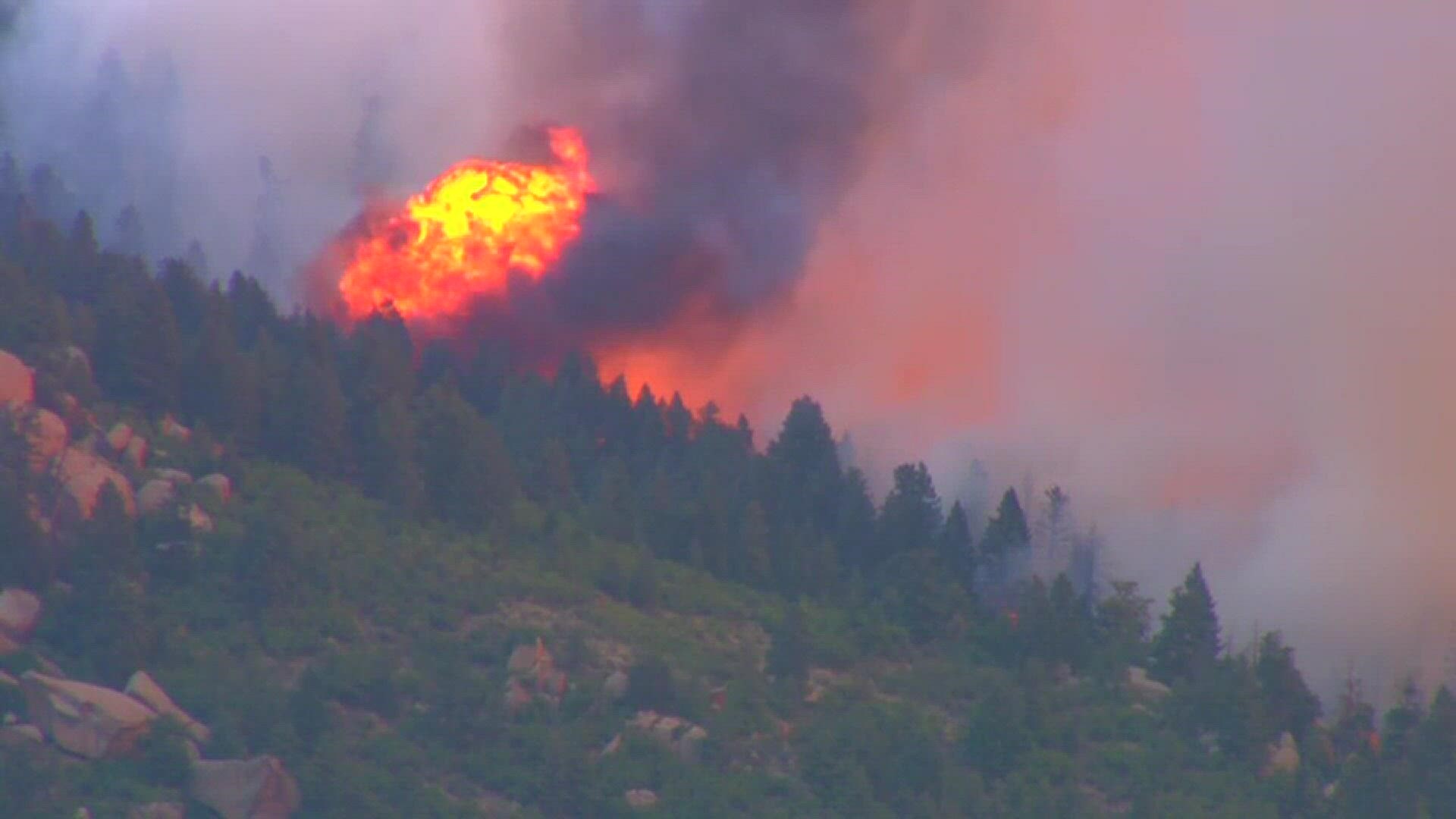LOUISVILLE, Colo. — Most wildfires are caused by humans, and when there are humans around to start them, that usually means there are also humans close by to put them out.
Lightning is only to blame for a small number of actual wildfire starts.
“Lightning only causes about 14% of the wildfires in the United States, but lightning-triggered wildfires burn about 60% of the acreage that’s burned every year,” said Chris Vagasky, a meteorologist with Vaisala.
He said lightning-triggered wildfires that grow to be very large usually happen in remote areas -- like last year’s Bootleg Fire in Oregon, which started in the Fremont-Winema National Forest and burned 413,765 acres. That's bigger than the Cameron Peak and East Troublesome fires combined.
Vagasky said the National Lightning Detection Network, operated by Vaisala in Louisville, Colorado, evaluates every lightning event instantly and can isolate the bolts with potential to cause non-metal damage.
“These are possible areas for the wildland fire community to look for potential fire starts," he said. "If we can identify these fire starts more quickly, we can get the fires put out before they rapidly expand.”
The lightning data from Monday evening, right before the fire start at Halligan Reservoir in Larimer County, showed several negatively charged ground strikes, three of which showed a high potential for triggering a wildfire.
The Larimer County Sheriff's Office said in a social media post that the fire started shortly after several lightning strikes, but they have not yet made an official ruling as to the cause.
As of Wednesday night, the Halligan fire burned 150 acres and was 75% contained.
Vagasky said positively charged stokes are more destructive, but 90% of all lighting has a negative charge. The key indicator is how long the lightning stays in contact with the ground.
The average lightning stroke lasts about 20 to 30 microseconds. The bolts with high potential to start wildfires can last several tenths of a second. It doesn’t sound very long, but that can be up to 1,000 times longer than normal lightning. It’s called continuing current lightning.
“So you can look to the positive continuing current or the negative continuing current to really identify which lightning could have potentially triggered a fire in a certain location,” Vagasky said.


SUGGESTED VIDEOS: Severe Weather

